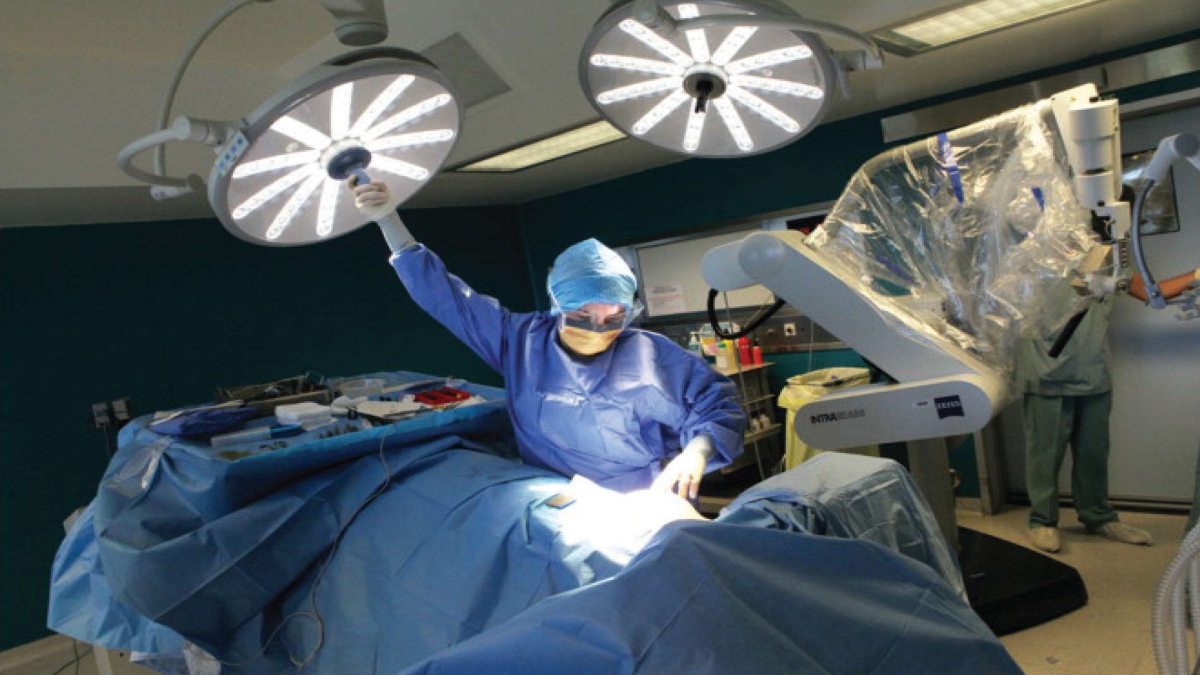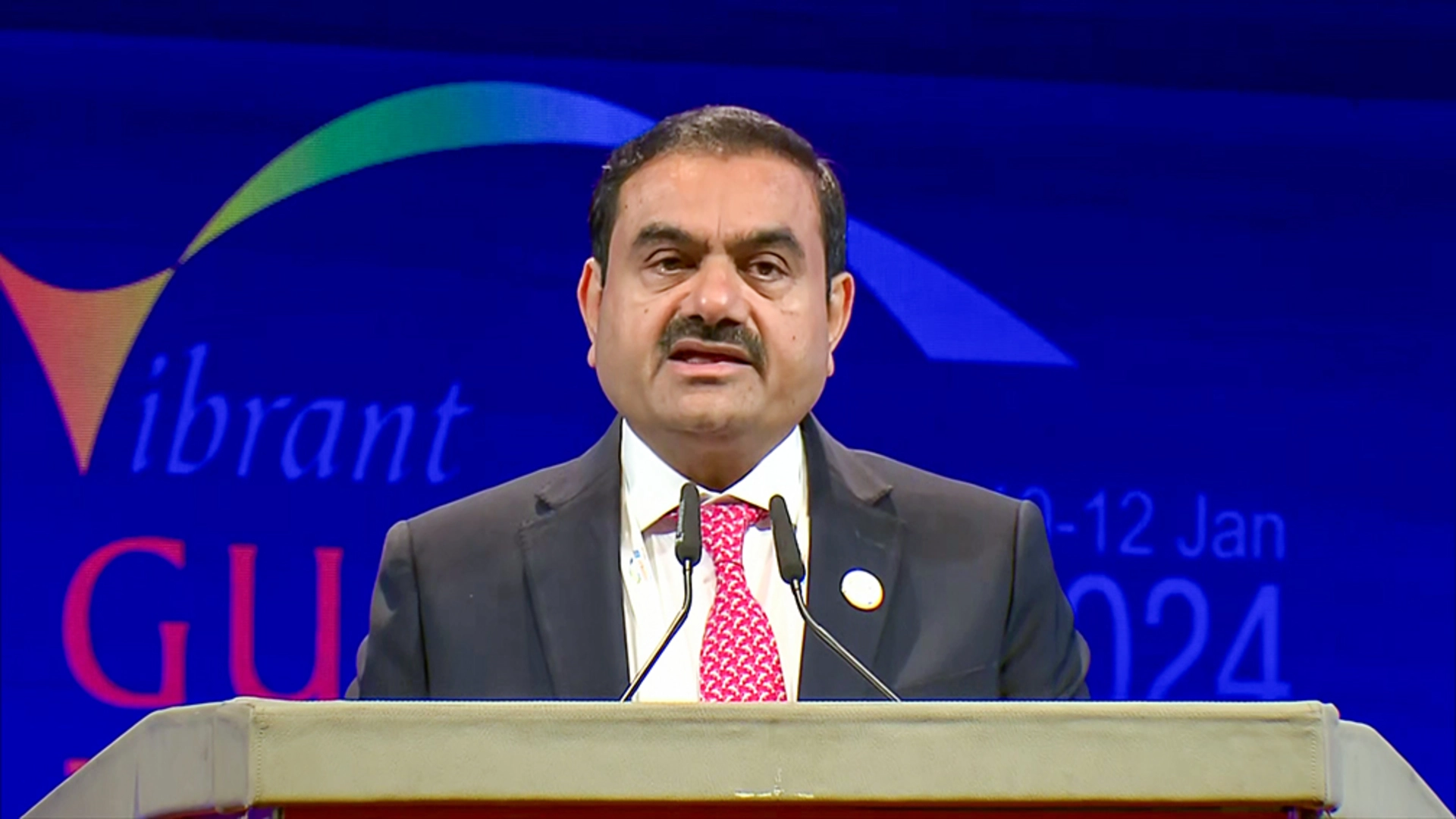
Breast cancer is an illness in which the cells of the breast multiply uncontrollably. There are various types of breast cancer. The type of breast cancer is determined by which cells in the breast become cancerous. Breast cancer can start in a variety of places in the breast.
Lobules, ducts, and connective tissue are the three primary components of a breast. The glands that generate milk are known as lobules. The ducts are tubes that transport milk from the breast to the nipple. Everything is held together by connective tissue, which is made up of fibrous and fatty tissue.
Breast cancer usually starts in the ducts or lobules. Breast cancer can spread to other parts of the body via blood and lymph vessels. Breast cancer is said to have metastasized when it spreads to other regions of the body.
Intraoperative radiotherapy (IORT) is a treatment delivery technique that dates back to the early twentieth century and involves the use of orthovoltage energy, with limited applicability due to its energy properties. The procedure was cumbersome. This was until the development of a mini-LINAC technology called Intrabeam that could be easily moved and used in the operating room. This has made IORT feasible and practicle. The technique of IORT called TARGETED INTRAOPERATIVE RADIO Therapy (TARGIT) has been used for breast cancer patients over the past few years.
During surgery, therapeutic levels of radiation are usually delivered to the tumour bed while the area is exposed. IORT is usually used in conjunction with external beam radiation, surgery, and chemotherapy in the multidisciplinary treatment of locally advanced and recurring cancer.
IORT can also be used in earlier-stage cancers like prostate and breast cancer, which has become more popular in recent years.
IORT has been demonstrated to be effective and practicable in the multidisciplinary management of a variety of solid tumours, but further research is needed to pinpoint the benefits. It is mostly used in selected breast cancer cases. However, IORT has been suggested to play a role in brain tumours and cerebral metastases, locally advanced and recurrent rectal cancer, skin cancer, retroperitoneal sarcoma, pancreatic cancer, and certain gynecologic and genitourinary malignancies based on single-institution experiences. If repeated EBRT is no longer possible, irradiation with IORT is the only radiotherapeutic option for local recurrences, aside from brachytherapy. In some instances the intraoperative radiation therapy is delivered after the surgery instead of during it. Your surgeon will have to reopen your incision if that is necessary. After the procedure, be sure to get enough rest, stay hydrated and eat nutritious meals. Some studies have shown that intraoperative radiation therapy is just as effective as external beam radiation therapy. Other studies have proven that women who have IORT are more likely to have local recurrence (the cancer returns in the same breast) than those who had whole breast EBRT. Patient selection for IORT is of vital importance and requires a multidisciplinary approach.
Accordingly, we set-up our criteria based on the consensus of a joint committee of surgical oncologists, pathologists and radiation oncologists.
For the first time, we categorized patients according to age and tumor size and accordingly older patients with larger tumor sizes were considered appropriate candidates for IORT in our series.
WHAT IS IORT?
Intraoperative radiation therapy (IORT) is a type of radiation treatment in which a high dose of radiation is delivered to a malignant tumour site during surgery after it has been removed. Recovery is normal after surgery, and no more external radiotherapy is required. In the case of selected low-risk breast cancer patients, this saves patients the time, effort, and side effects associated with 30–40 days of treatment.
IORT is a type of intensive radiation therapy that is given during surgery and is reported to be more precise, with fewer problems and a shorter treatment time. For early breast cancer, IORT helps radiate the tumour bed directly during a lumpectomy. Individuals over 50 with early-stage breast cancer that hasn’t spread might benefit the most from IORT.
With direct visualisation in the operating room, IORT provides the advantage of delivering a tumoricidal radiation dose in a single session while tailoring the therapy to the region of highest risk of disease recurrence. This results in a high relative biological effectiveness while minimising dosage to normal tissue through tumour bed devascularisation, elimination of inter-fraction tumour cell repopulation, and maybe a systemic immunological impact.
Furthermore, the elimination or decrease of outpatient treatment appointments, which typically last 5–6 weeks for standard postoperative radiation, provides practical benefits to the patient, such as increased quality of life, reduced side effects, and financial advantages. IORT is frequently used in conjunction with EBRT or chemotherapy and may be equally effective as standard radiation for some tumours, while also shielding healthy cells from the harmful effects of radiation.
WHY TREATMENT BY IORT IS DESIRABLE
IORT is a less time-consuming method. Instead of being administered in multiple doses over several weeks, IORT is given in a single dose.
When compared to EBRT, IORT has fewer side effects. The dose of radiation delivered by IORT is higher. IORT kills cancer cells while leaving healthy tissues alone. Because IORT eliminates microscopic illness promptly, it may lower the risk of cancer recurrence (EBRT might not start until a month later, giving the cancer time to return). IORT can also be repeated, but, EBRT cannot.
A NEW BENCHMARK
For decades, whole-breast radiation has been a routine and highly effective therapy option. Continuous research and advancements have resulted in a 70% reduction in five-year recurrence risk, saving and improving the lives of millions of women.
However, it comes with a slew of negative side effects, including exhaustion, scarring, and a five-to seven-week commitment to daily treatments, which is inconvenient and often unattainable for many women.
As a result, IORT is becoming a more appealing alternative for eligible people. When compared to whole-breast therapy, studies have revealed that IORT is extremely successful.
A longer-term study involving a larger number of patients, according to some observers, is needed to acquire a clearer picture of its effectiveness.
Patients are often keen on this procedure as it offers a significant improvement in convenience.
Using treatment technologies already in the RT arsenal, opportunities to enhance dose, improve accuracy, and optimise treatment for personalised treatment planning may improve results after IORT. The role of IORT will be defined by further improvement of patient selection for APBI in general and IORT in particular.
The author is director-department of Surgical Oncology & Robotic & Laparoscopic Surgery Fortis Hospitals, Bannerghatta Road, Bengaluru.














